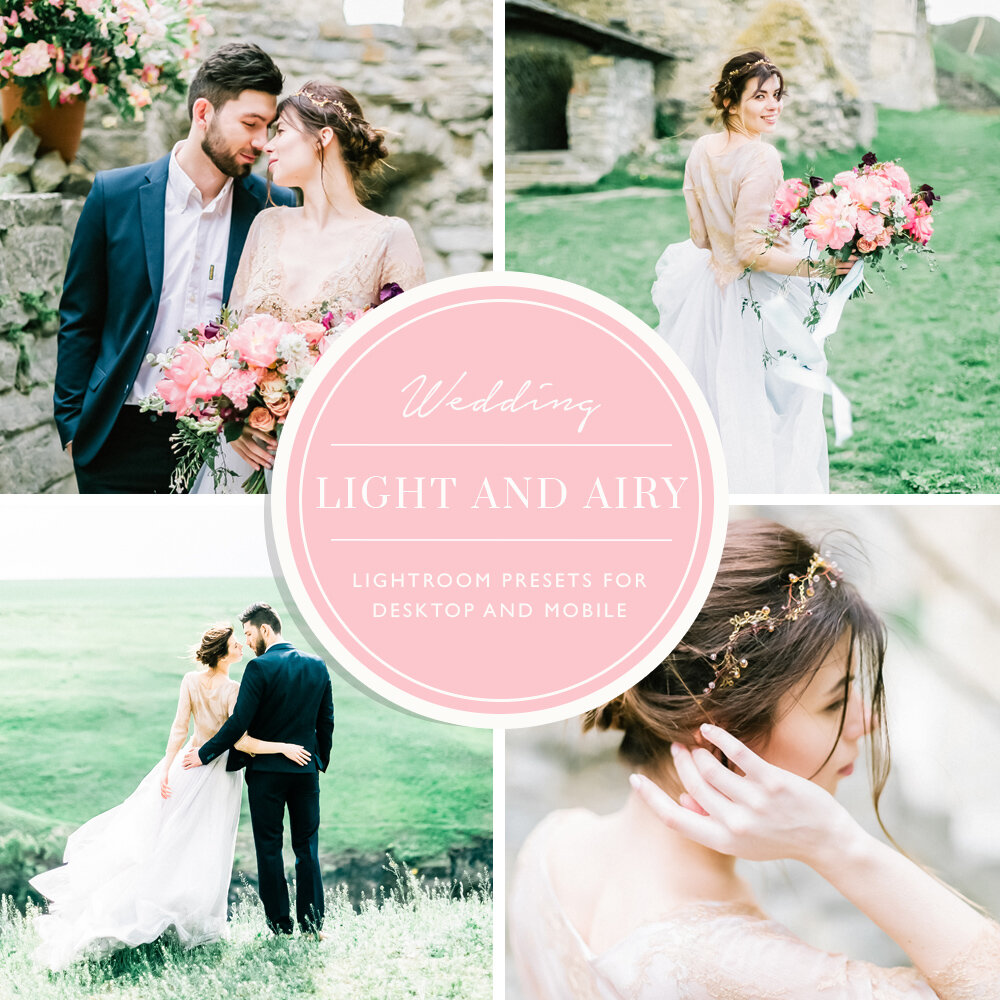How to Take Magical Bokeh Christmas Images
The Christmas holidays are almost here! And, if you are like many photographers, you are taking a few shots in front of Christmas lights trying to achieve the iconic Bokeh effect for the lights in your portraits. It’s not as difficult as you might think! Bokeh, a Japanese word, refers to a soft focus (out of focus) background. Some photographers use the word to refer to the soft focus of lights, but most photographers usually use bokeh to refer to the entire out-of-focus background.
The Christmas holidays are almost here! And, if you are like many photographers, you are taking a few shots in front of Christmas lights trying to achieve the iconic Bokeh effect for the lights in your portraits. It’s not as difficult as you might think! Bokeh, a Japanese word, refers to a soft focus (out of focus) background. Some photographers use the word to refer to the soft focus of lights, but most photographers usually use Bokeh to refer to the entire out-of-focus background.
Your best bet to perfecting the Bokeh technique is to play around with it and practice. If you would like to snap some great photos this Christmas with the lights softly and aesthetically blurred, you will need some Christmas lights for the background and a lens with capable of a fast (f/2.8 or wider) aperture. The better your lens, the better the Bokeh effect! So, how achieving the bokeh effect and the soft focus of christmas Lights?
To achieve the Bokeh effect, and turn your Christmas lights into softly-blurred balls of light, you’ll need to shoot at the larger end of your aperture. Shooting at a larger aperture gives you that iconic soft focus frequently associated with pictures of Christmas lights. Ideally, you’ll also have a subject in the foreground to add depth and more interest.
If you want to increase the size of your balls of light, you can just increase the distance between yourself and the lights and your in-focus subject.
If you’d like to change the shape of your bokeh for a more hexagonal shape, you can try using a smaller aperture. You should immediately see a difference in the shape of the lights.
TIPS FOR SHOOTING:
You’ll need to shoot with your lens wide open. We recommend you shoot on either “Manual” or “Aperture Priority.” Manual has the advantage of allowing you customize your shot by selecting your speed and aperture settings. On Aperture Priority (AP), the camera picks correct speed while you can select your F/Stop. It’s a great balancing act. Another option is the “Flexible Program” mode. Set the largest aperture and fastest speed you can.
If you don’t own a very fast lens, no worries! You can achieve the same effect by widening the distance from the background lights to the subject. This should do it, but you might want to experiment with a few practice shots until you achieve the effect you want.
Keep in mind that the shallower your depth of field, or the greater the distance to the background, the softer or more blurred the focus.
BOKEH & PORTRAITS:
Portraits during the holidays can become iconic and poignant memories by employing the Bokeh effect in your pictures. Whatever your subject, the beauty of the Bokeh lights in the background enhance any portrait and highlight your subject further. The result is a soft, bright background. The iconic holiday photo is, of course, the Christmas tree lit in the background. You can turn an ordinary portrait with a tree in the background into a striking picture.
BEYOND CHRISTMAS PORTRAITS:
The beauty of Bokeh does not have to be confined to the holidays, however. The effect translates well into any other light mediums such as the moon, a lightbulb, a sunset or even a traffic light. However, for highest impact, shoot multiple lights - such as twinkling lights reflected on water. City lights out-of-focus in the background with an in-focus subject in front can make for a great color or black and white picture!
IS THERE BAD BOKEH?
That depends on whom you ask. Beautifully created Bokeh should be soft and lovely. It should draw your eye toward the subject in front or, if there’s no subject, to the Bokeh itself. It should be visually pleasing.
On the other hand, bad Bokeh isn’t visually pleasing or appealing and its lines harsh. You can identify an imperfect attempt at Bokeh when you think that the picture looks out of focus - a mistake, not an artistic expression of photography.
To get good Bokeh, you will need to play around and practice with your picture. We recommend you take numerous shots of the same image and play around with your aperture and speed.
Lastly, remember that the quality of Bokeh depends on the quality of your lens and how fast the lens can shoot. The faster, the better to achieve a great Bokeh effect. High-quality lenses and professional (zoom) lenses should give you some great Bokeh effects!
















